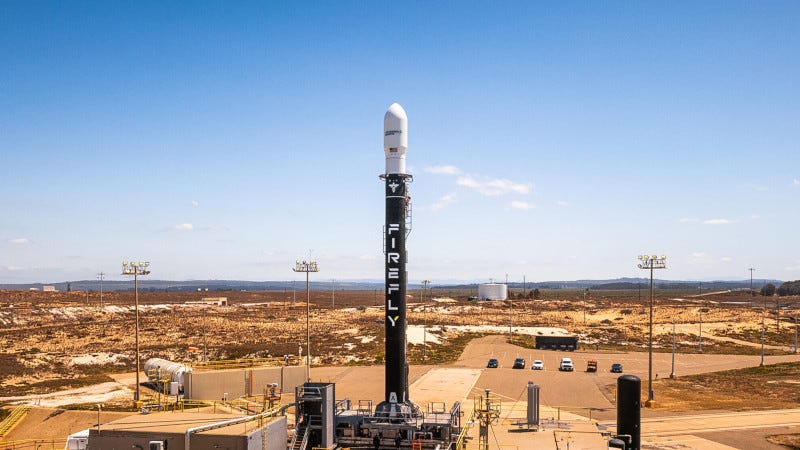FAA Clears Firefly Alpha Rocket for Return to Flight
Investigation into April 29 Incident Closed
The FAA has cleared the Firefly Alpha rocket to return to flight following the Flight 6 mishap on April 29, 2025.
“At Firefly, technical challenges aren’t roadblocks — they’re catalysts.”
Jordi Paredes Garcia, Firefly Aerospace
According to the company website, a thorough investigation was conducted in conjunction with the FAA, while at the same time an …
Keep reading with a 7-day free trial
Subscribe to The Journal of Space Commerce to keep reading this post and get 7 days of free access to the full post archives.



